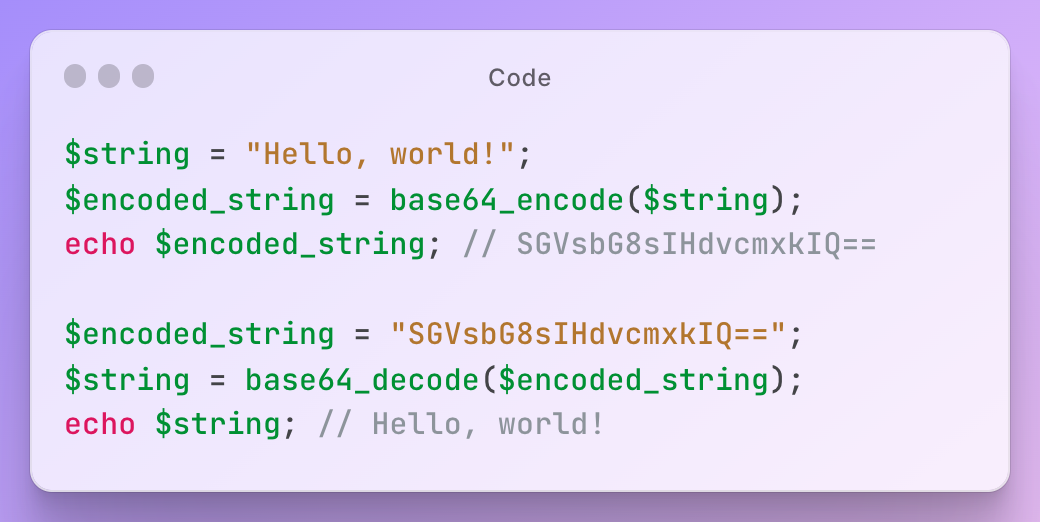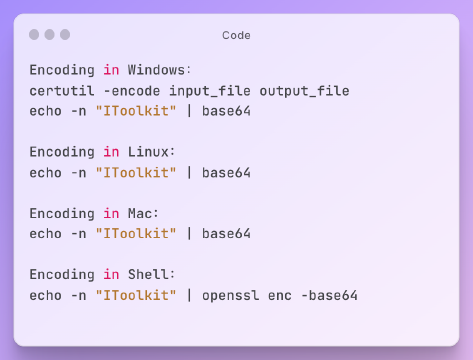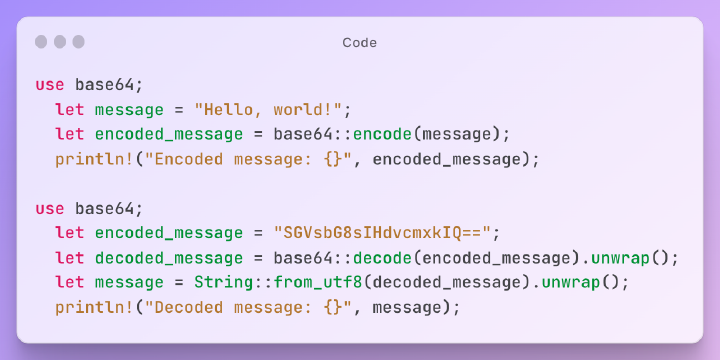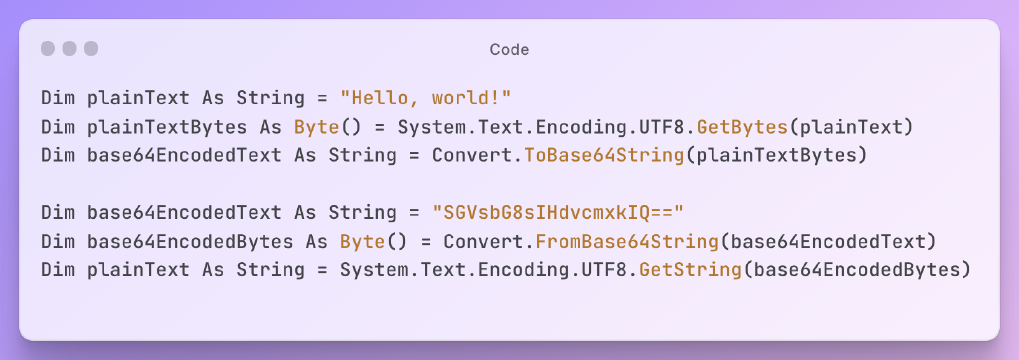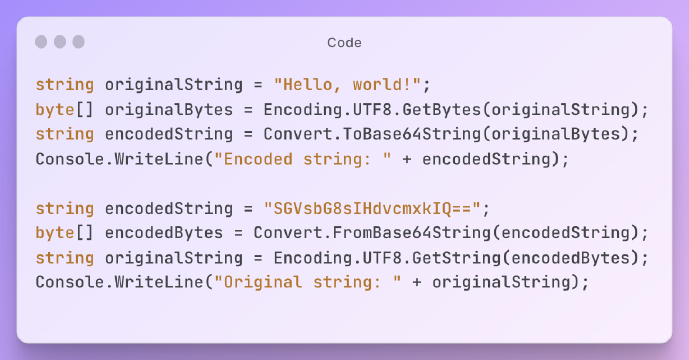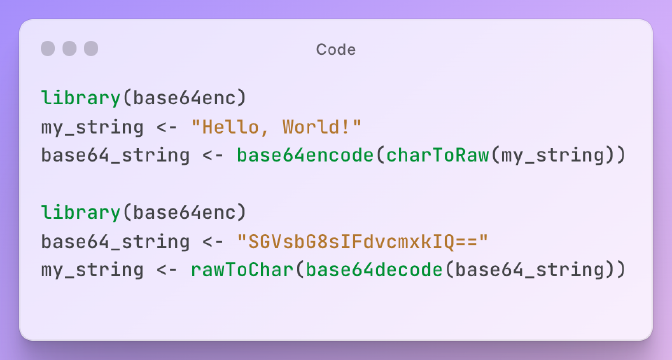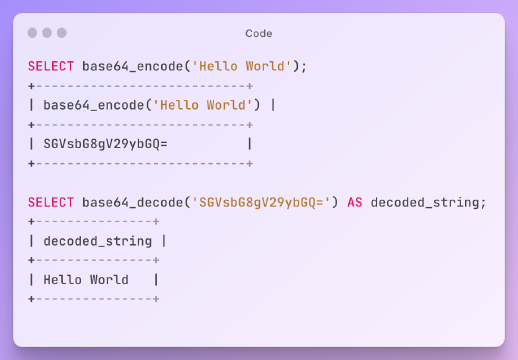Excerpt§
Learn how to use Base64 encoding and decoding to transfer data over communication channels with PHP. Our step-by-step guide covers how to encode and decode strings using built-in functions, along with necessary precautions to keep in mind.
As a developer or database administrator, you may come across situations where you need to encode or decode a string using Base64 in PHP. This can be useful for various purposes, such as storing binary data in a database or sending data over a network. In this tutorial, we will cover how to encode and decode a string using Base64 in PHP. We will also discuss some precautions you should take when using Base64.
Encoding String to Base64§
Encoding a string to Base64 is a simple process in PHP. PHP provides the base64_encode() function to encode a string to Base64. Here’s an example:
1$string = "Hello, world!";
2$encoded_string = base64_encode($string);
3echo $encoded_string; // SGVsbG8sIHdvcmxkIQ==
phpIn this example, we first define a string variable $string with the value “Hello, world!”. We then use the base64_encode() function to encode the string to Base64 and store the result in another variable $encoded_string. Finally, we print the encoded string using the echo statement.
Decoding Base64 to String§
To decode a Base64 string back to its original form, PHP provides the base64_decode() function. Here’s an example:
1$encoded_string = "SGVsbG8sIHdvcmxkIQ==";
2$string = base64_decode($encoded_string);
3echo $string; // Hello, world!
phpIn this example, we first define a variable $encoded_string with the value “SGVsbG8sIHdvcmxkIQ==”, which is a Base64-encoded string. We then use the base64_decode() function to decode the string and store the result in another variable $string. Finally, we print the decoded string using the echo statement.
Precautions when using§
While Base64 encoding and decoding can be a useful tool, there are some precautions you should take when using it. Here are a few important ones:
It’s not encryption§
Base64 encoding is not a form of encryption. It’s simply a way to represent binary data in an ASCII string format. Therefore, don’t rely on Base64 encoding to secure your data. If you need to secure your data, use proper encryption algorithms.
It increases data size§
Base64 encoding increases the size of your data by about 33%. For example, a 100-byte string will become a 133-byte Base64-encoded string. Therefore, avoid using Base64 encoding for large amounts of data.
It’s not URL-safe§
Base64-encoded strings may contain characters that are not URL-safe, such as + and /. If you need to transmit Base64-encoded data over a URL, you should replace these characters with URL-safe characters, such as - and _.
It may not be human-readable§
Base64-encoded strings are not human-readable. They are meant to be processed by machines. Therefore, don’t use Base64 encoding for data that needs to be read by humans.
Conclusion§
Base64 encoding and decoding can be a useful tool for developers and database administrators. In this tutorial, we covered how to encode and decode a string using Base64 in PHP. We also discussed some precautions you should take when using Base64.
